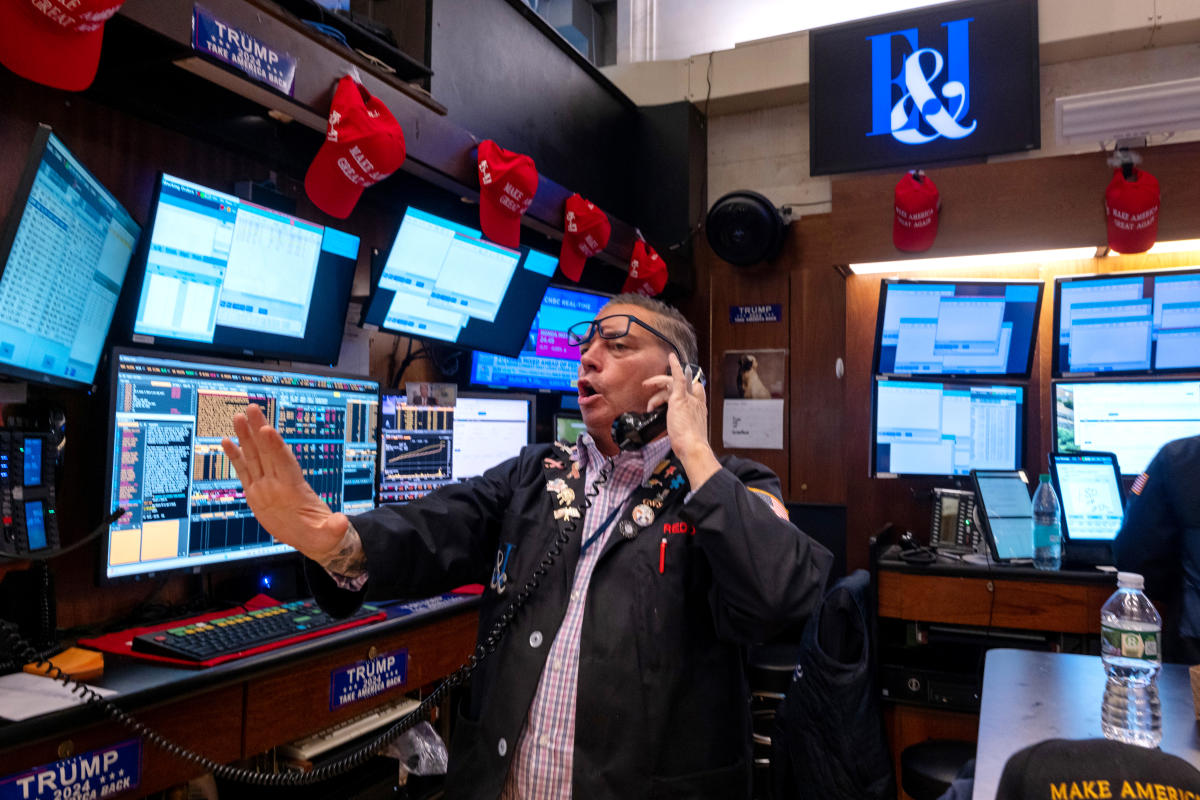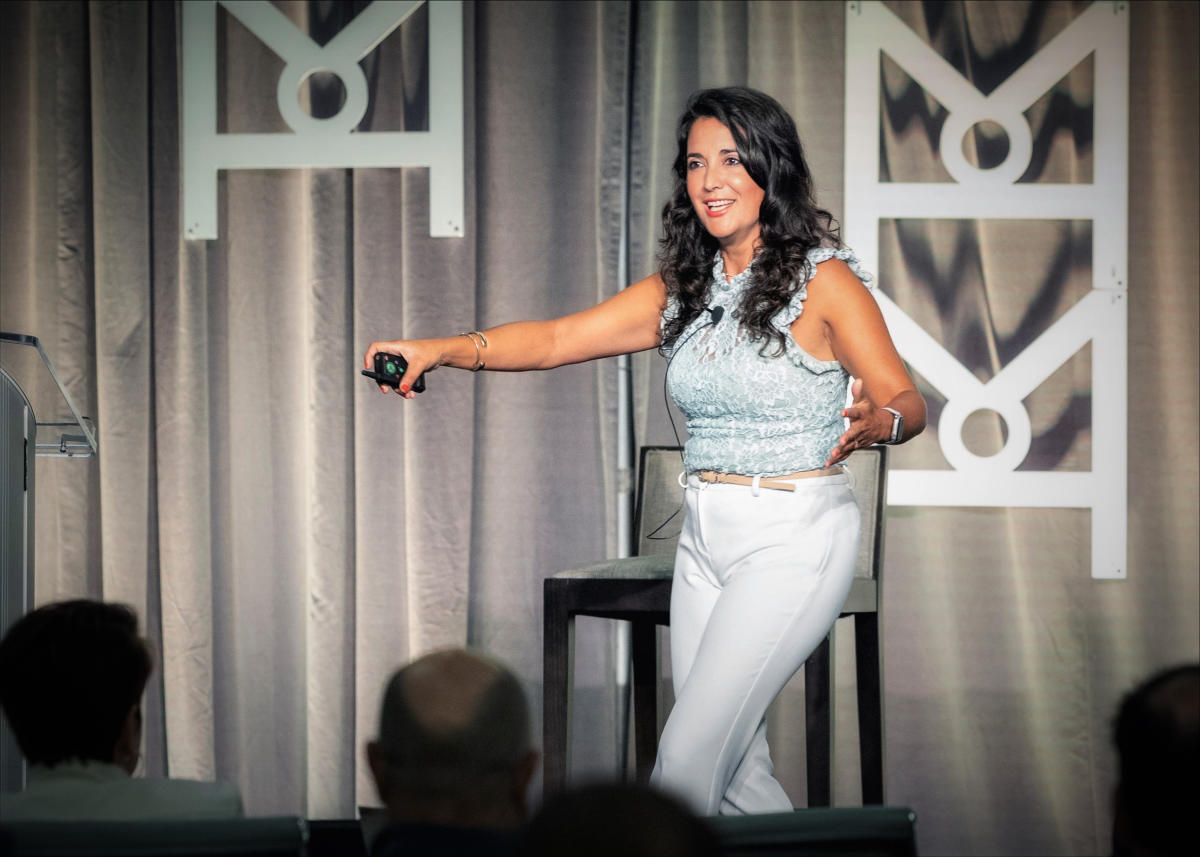- Chicago Public Schools, or CPS, perched on financial cliff, state financial takeover an option: Civic Federation report
- US court grants IRS request to probe clients of offshore finance giant
- Gen Z Leans on Friends and Family To Meet Money Goals — 5 Reasons You Should, Too
- Is price replacing value in markets? A financial nihilist’s take
- China must harness cutting-edge AI to transform its finance sector: former PBOC official
This is The Takeaway from today’s Morning Brief, which you can sign up to receive in your inbox every morning along with:
You are viewing: Why rising bond yields are such a problem for stocks: Morning Brief
Rates are making investors nervous. Specifically, the 10-year Treasury yield.
Climbing to 4.8% on Monday and a stone’s throw from 5%, the 10-year Treasury yield is at a level that makes investors cautious.
But why exactly? The financial media often talks about this like it’s received wisdom, but what exactly drives investors away from stocks when the 10-year Treasury yield creeps near 5%?
For one, it’s not normal. At least not in the post-financial crisis world. DataTrek co-founder Nicholas Colas pointed out in a note to clients that the 10-year Treasury yield has averaged 2.91% over the past two decades.
“Markets are spooked by the 5% level on 10-years because it is the outer limit of an entire generation’s (20 years) experience with prevailing interest rates,” Colas wrote.
See more : UK’s CFIT to Launch Coalition Focused on Small Business Finance
It also introduces unfamiliar questions. After a decade of low rates that enticed anyone seeking gains to the stock market — the “TINA,” a.k.a. there is no alternative narrative — higher rates suddenly look pretty nice, especially given a twitchy stock market.
“A few years ago, when yields were 1%, they didn’t compete with equities because there was no alternative,” Jurrien Timmer, director of global macro at Fidelity Investments, said in an interview with Yahoo Finance. “But now at 5%, or four and three quarters, and the equity market having a similar earnings yield, stocks have to compete with what we consider to be the risk-free asset.”
There are also more direct reasons higher rates can be a tough environment for stocks, like high borrowing costs, which could eventually weigh on economic activity or hurt company profits if they need to refinance at a higher interest rate.
Strategists believe this level of rates in particular challenges the S&P 500’s current high valuation, which sits at a 21.5 forward 12-month price-to-earnings ratio, per FactSet, above the five-year average of 19.7 and the 10-year average of 18.2.
“The closer that the 10-year yield gets to 5% and to cycle highs, the more the market starts to worry about what the implications of that are for valuations, credit conditions, liquidity, etc.,” Dan Suzuki, Richard Bernstein Advisors deputy chief investment officer, told Yahoo Finance.
At a more simple level, the rise in the 10-year yield feels like the most clear depiction of the rising uncertainties in markets. The yield has spiked as concerns about sticky inflation have come clearly into focus. The yield has risen as investors wonder if the Fed will cut interest rates at all this year. It’s ticked higher on days that President-elect Donald Trump discusses a wide-sweeping tariff policy.
Source link https://finance.yahoo.com/news/why-rising-bond-yields-are-such-a-problem-for-stocks-morning-brief-110056996.html
Source: https://summacumlaude.site
Category: News







